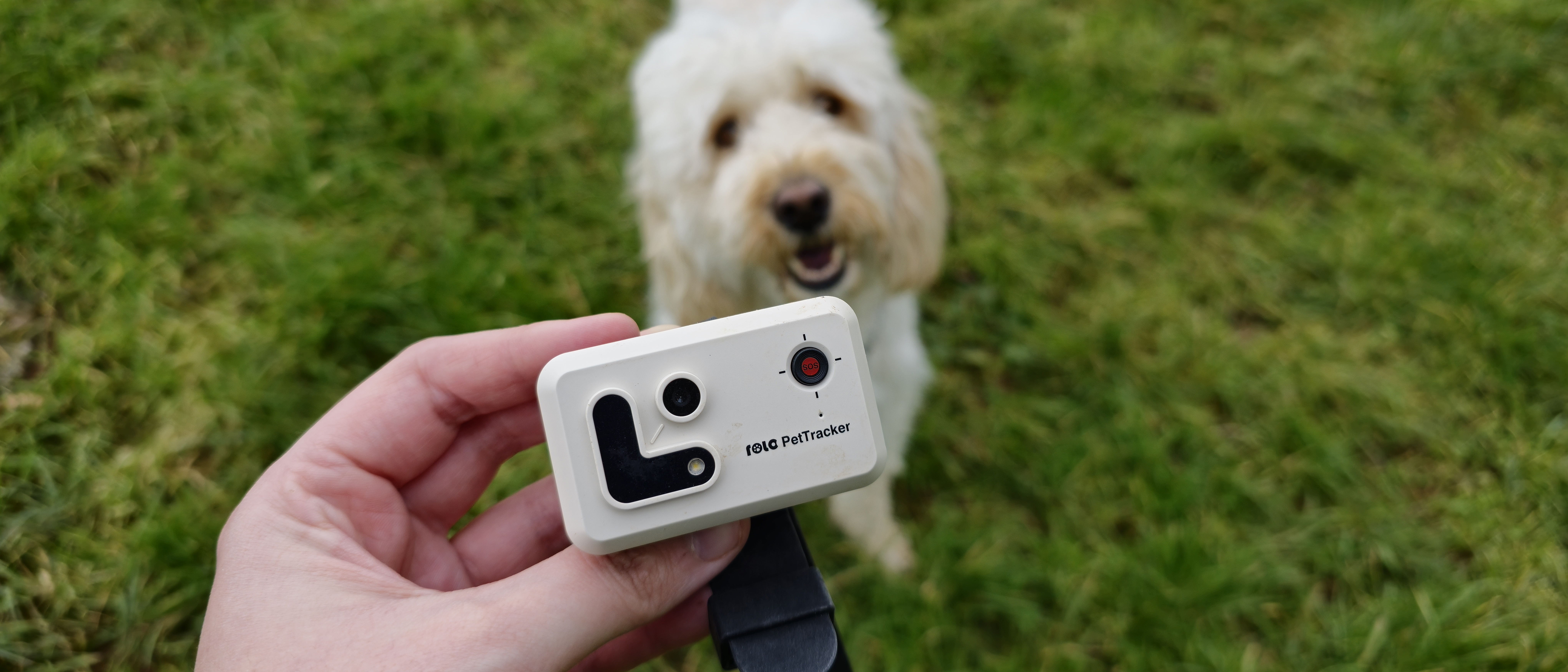Nikon Z9 vs Sony A1: which professional camera is best?
The Nikon Z9 has set the camera world ablaze – but how does it stack up to the all-powerful Sony A1?
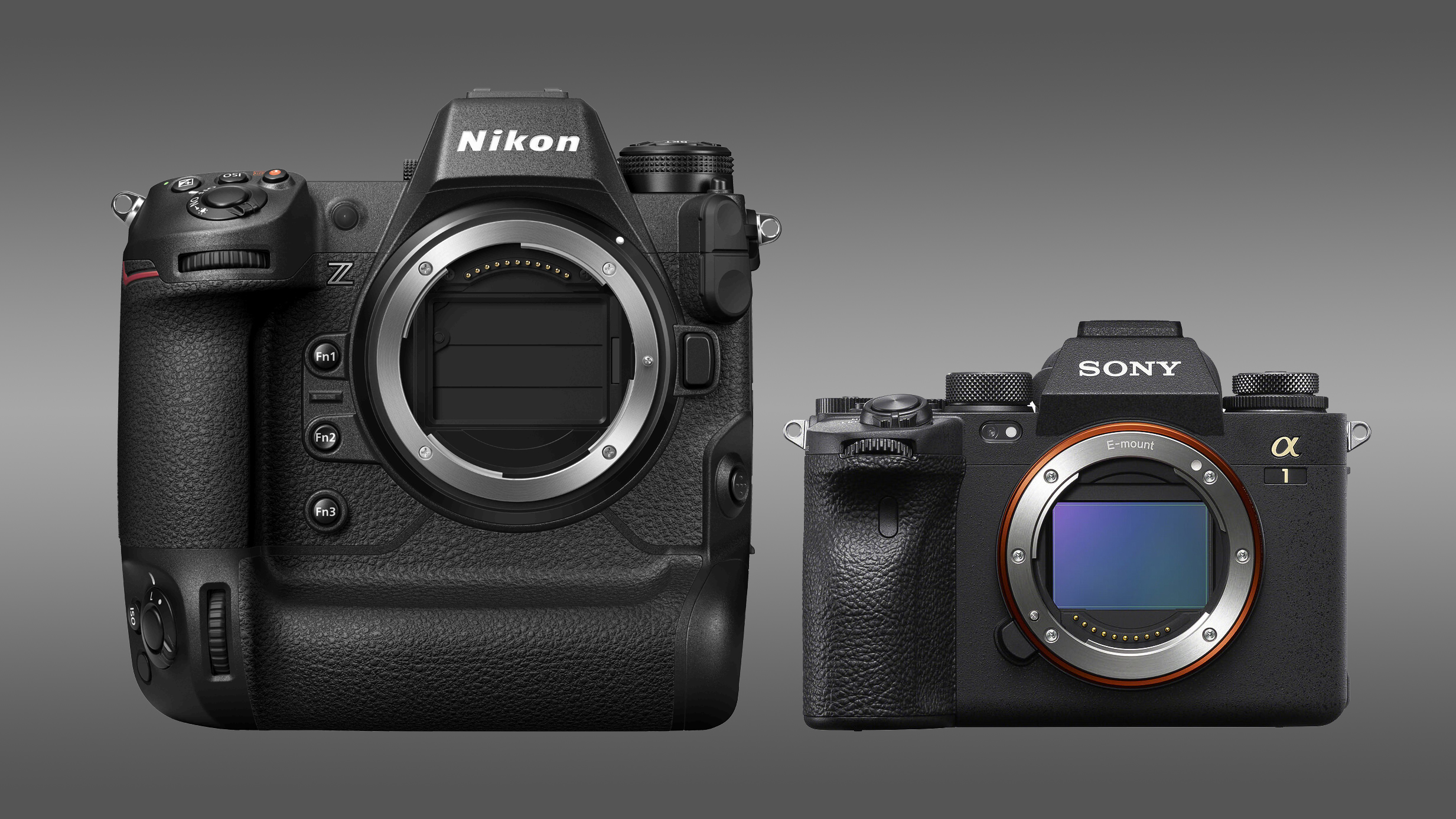
It's the clash of the titans, Nikon Z9 vs Sony A1 – the two most all-round, all-powerful pro cameras on the market today. We've used them both and we're ready to pit them head-to-head to see which is the best choice for you.
The Nikon Z9 vs Sony A1 battle is a closely contended one – and both of these cameras make a worthy claim to the crown of best professional camera. The Sony A1 may have been first to the market, but the ten-month wait means that the Nikon Z9 has had the chance to outgun it in certain areas.
Both cameras shoot 8K. Both cameras can shoot at least 30fps bursts. Both cameras boast 45-50MP of resolution. Both cameras pack 5.5 stops of base image stabilization. And both cameras come with eye-watering price tags.
However, not all of these points are equal – in fact, on closer inspection, there is a massive imbalance between many of them. So which one comes out on top? Let's take a look…
Nikon Z9 vs Sony A1: Sensor resolution
Both cameras feature a full-frame, back-side illuminated (BSI), stacked image sensor. The BSI design keeps the wiring beneath the photosites, rather than in front of them, resulting in improved sensitivity and image quality; the stacked construction sees layers of sensor and circuitry "stacked" (resulting in things like RAM being an integrated part of the sensor) for unfathomably fast readout speeds.
In the case of the Sony A1, this is a 50.1MP sensor – packing 9.6% more resolution than the 45.7MP sensor of the Nikon Z9. The question is, do these 4.4 million additional pixels make all that much difference? In real world shooting, it's negligible – you get a tiny bit of additional breathing room for composing or cropping, but it's hardly enough to base a buying decision on.
Winner: Sony A1
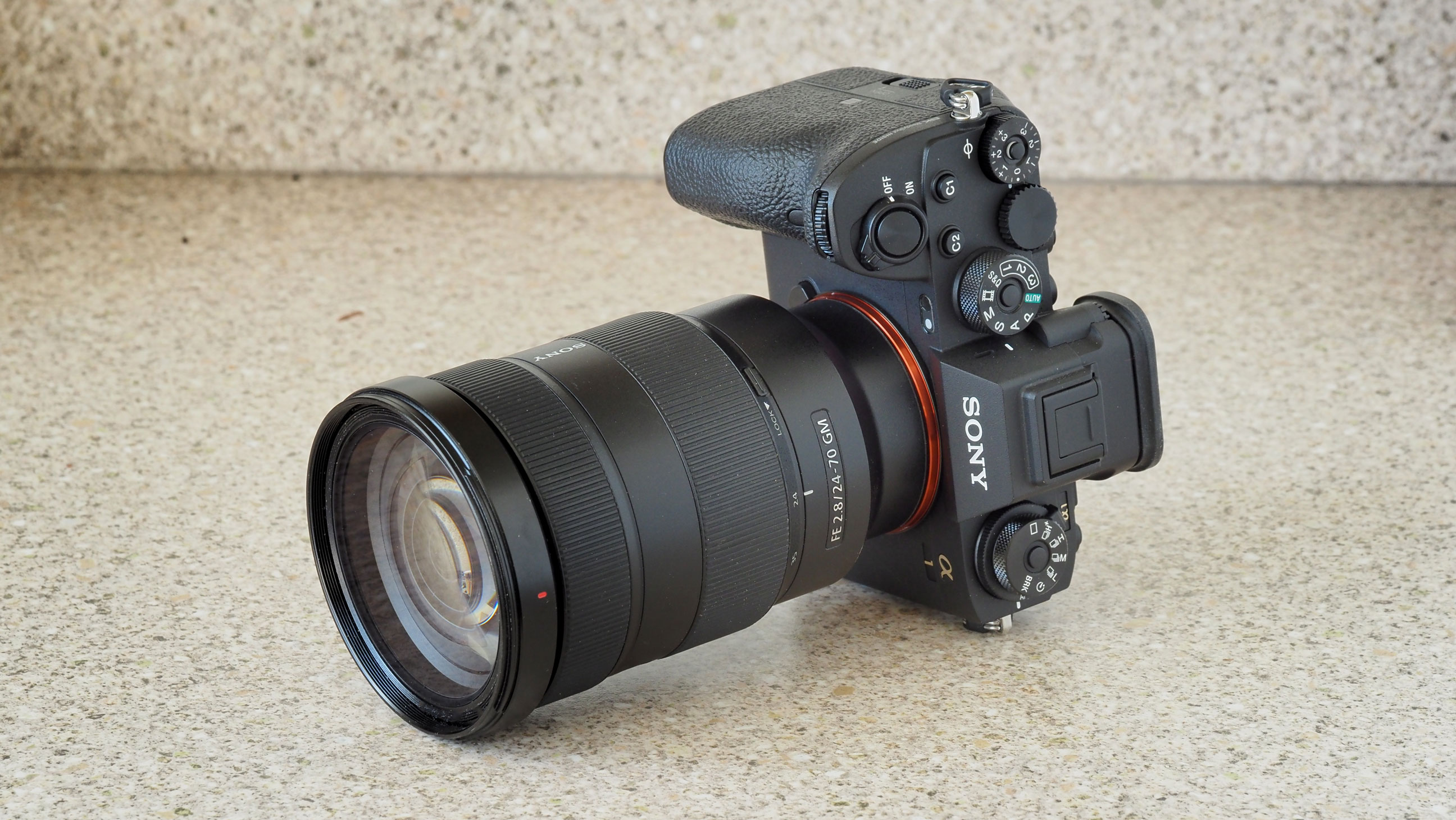
Nikon Z9 vs Sony A1: Burst shooting
The Nikon Z9 absolutely obliterates the continuous shooting speed of the Sony A1, thanks to its frankly ludicrous top speed of 120fps. Yes, it shoots stills at a rate of ONE HUNDRED AND TWENTY FRAMES PER SECOND. The A1, meanwhile, tops out at 30fps shooting… but it's not that straightforward.
You see, there is a compromise; when shooting at 120fps, the Z9 only captures 11MP lo-res JPGs (though these are full-readout, and uncropped). Still, it can match the A1's 30fps speed… but in this mode it only captures hi-res JPGs, not RAWs – unlike the A1, which can capture RAW files at 30fps.
In fact, if you want to shoot RAW on the Z9, you are limited to 20fps. So it entirely depends on your requirements; if you only need low resolution images, but you need to capture every single micro-moment, the Z9's 120fps is unmatched. However, if you want to shoot RAWs at the fastest possible speed, the A1 comes out on top (as does the Canon EOS R3, if you want to look outside this particular head-to-head).
Winner: Nikon Z9
Nikon Z9 vs Sony A1: Video
Both cameras are capable of capturing 8K 30p video, but only the Nikon Z9 can achieve 8K 60p recording – something that no other professional camera in this category can do, making the Nikon Z9 the king of 8K.
However, while this is a serious coup for the Z9, be aware that 8K 60p capability will only come via a firmware update sometime in 2022 – it's not available out of the box, which is frustrating for early adopters.
Still, the Nikon shoots 8K 30p from day one – and unlike the A1, and to a greater extent the Canon EOS R5, it practically eliminates the overheating issues and recording limits, with Nikon claiming that it can capture 125 minutes of 8K 30p video before shutting down.
The Z9 and A1 can also record 4K video up to 120fps, if you don't want to splurge on 8K. The Sony offers 10-bit 4:2:0 internal capture and 16-bit RAW via HDMI, with the Nikon offering 8- or 10-bit H.265, along with 10-bit Apple ProRes 4:2:2 HQ or 12-bit in-camera ProRes RAW HQ – though the latter two will, again, only be available via the 2022 firmware.
Winner: Nikon Z9
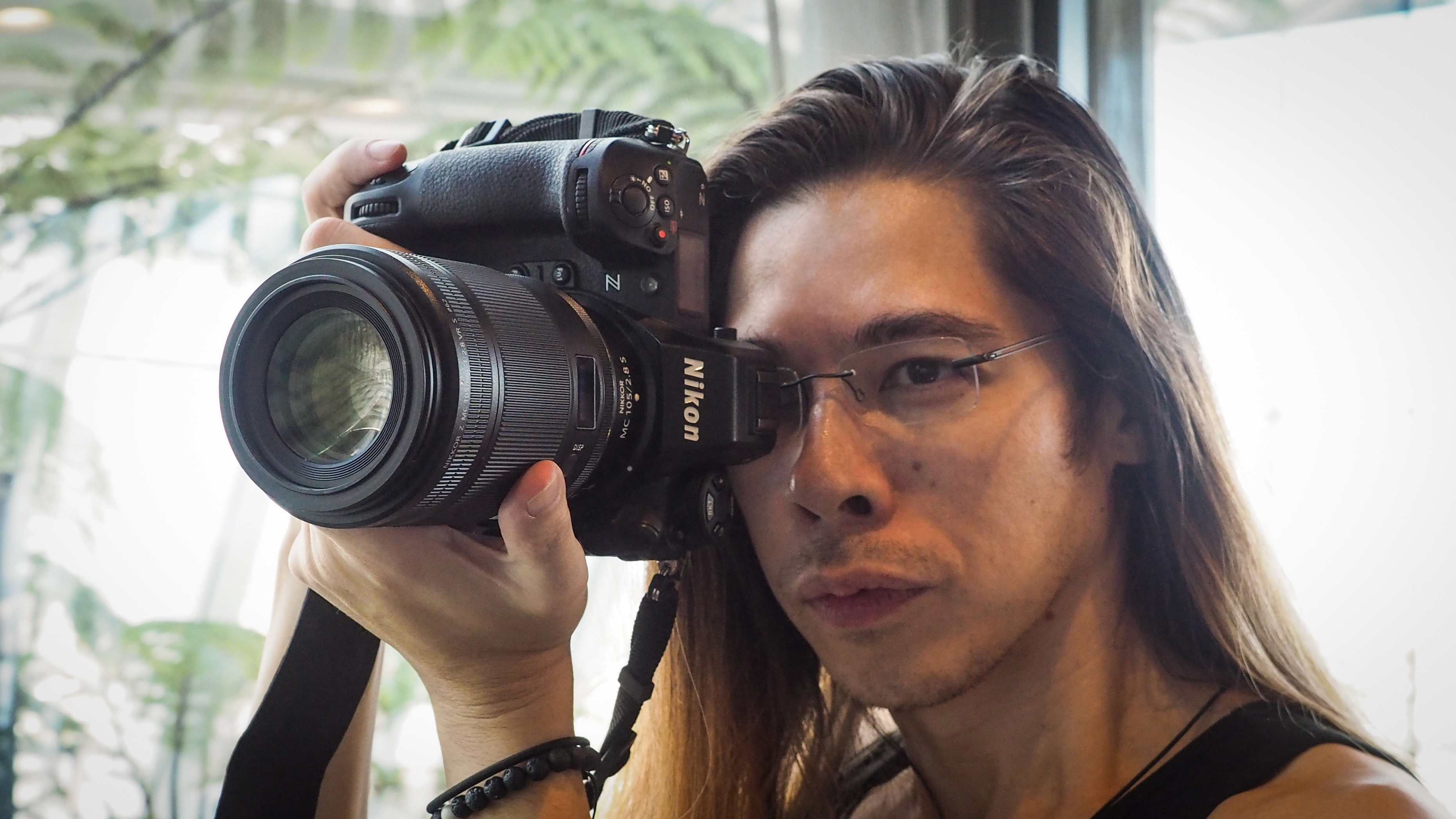
Nikon Z9 vs Sony A1: Autofocus
While both cameras feature a phase and contrast detect-based focusing system, in terms of sheer autofocus points this one goes to Sony. The A1 has 759 phase detect AF points and 425 contrast detect points, compared to the Nikon Z9's 493 hybrid AF points (with 405 auto-area AF points).
When it comes to focusing in low light, however, the advantage goes to the Z9, which can focus all the way down to -6.5EV compared to the -4EV offered by the A1.
In terms of subject detection, both cameras' autofocus algorithms are powered by Deep Learning AF. This imbues the Sony with the ability to perform eye detect AF in humans, animals and birds in still photographs. For shooting video, though, it can only perform eye detect AF on human subjects.
The Nikon, meanwhile, features nine kinds of simultaneous subject recognition – human eyes, faces, heads and upper-bodies; animal eyes, heads and bodies; and cars, planes, trains and motorbikes – and it performs each of these when shooting video as well as stills.
Winner: Nikon Z9
Nikon Z9 vs Sony A1: ISO sensitivity
This one is a clear win for the Sony, which boasts a native sensitivity of 100-32,000 (expandable to 50-102,400) compared to the Nikon's ISO64-25,600 (expandable to ISO32-102,400).
We haven't yet been able to lab test the Z9 to see how the sensor performs at high ISO settings, but on paper the A1 has the advantage even before cranking up to the expanded range.
Winner: Sony A1
Nikon Z9 vs Sony A1: Memory format
This one is interesting, as each camera has adopted the CFexpress standard but in two separate formats.
The Sony A1 opts for the CFexpress Type A format, whose form factor means that the camera features hybrid card slots that also accept standard SD cards. The Nikon Z9, meanwhile, goes for the larger and ore popular CFexpress Type B format.
Each camera has its advantages. Most obvious for the A1 is the fact that it accommodates existing SD cards – meaning that you don't need to invest in a costly new format in order to use the camera. However, SD simply isn't fast enough to handle the rigors of 8K video or 30fps shooting – meaning that you won't get the most out of the A1 unless you take the CFexpress plunge.
Type A cards are smaller, but costlier than their Type B counterparts – meaning that the outlay for new memory is going to be greater, at least in the short term.
By supporting the Type B format, the Z9 opens the door to a cheaper kind of memory that is also more popular – meaning that the price will likely continue to come down faster than its Type A counterpart – and also comes in a greater variety of card sizes.
The trade-off, of course, is that it doesn't accept SD cards – though it does accept XQD cards. And although this isn't a standard we'd recommend investing in today, if you already own XQDs for the Nikon Z6 or Nikon Z7 you can keep using them on the Z9.
If you want to be able to use SD cards, the A1 is the way to go; if you want the cheapest and greatest selection of high-capacity memory, it's the Z9.
Winner: Draw

Nikon Z9 vs Sony A1: Body
When it comes to the camera bodies themselves, we're looking at two completely different takes on a professional camera.
The Sony A1 goes for a traditionally non-pro form factor, which is to say that it doesn't feature a built-in vertical grip or high-capacity battery. The Nikon Z9, meanwhile, embraces the pro DSLR style of cameras like the Nikon D6 – with mirrored joysticks, AF buttons and control dials, as well as additional space for extra buttons and inputs.
Neither camera features a fully articulating LCD screen, much to the chagrin of video shooters, with the Sony having a basic 1.44 million-dot vertical tilting design while the Nikon boasts a more versatile 1.04 million-dot bi-directional screen that can tilt 90° horizontally or vertically.
When it comes to the electronic viewfinders, though, the A1 absolutely smokes the Z9 with its remarkable 9.44 million-dot, 240fps EVF – eclipsing the 3.69 million-dot finder in the Nikon, which has been reported as being in the region of 60fps (Nikon has not disclosed the exact refresh rate).
Both cameras are weather sealed, as you would expect, though obviously the pro DSLR form factor of the Z9 makes it a more substantial body at 149 x 149.5 x 90.5mm and 1,160g (body only) compared to the 128.9 x 96.9 x 80.8mm and 737g (body only) of the A1.
Obviously the choice of form factor is entirely a personal preference – and arguably the A1 is more versatile, since you can add a battery grip to ape a pro DSLR body, while you can't make the Z9 any smaller – so it's a tie on this factor. However, while both EVFs are crucially blackout-free, the A1's is so profoundly superior to the Z9's that this has to be a win for Sony.
Winner: Sony A1
Nikon Z9 vs Sony A1: In-body image stabilization
Both cameras feature 5-axis in-body image stabilization that's good for 5.5 stops of compensation on paper – but Sony and Nikon's IBIS systems are definitely not created equal.
Sony's IBIS has always been the least impressive in the game, and the A1 is unfortunately no different – especially when it comes to shooting video, which remains rocky despite the supposed 5.5 stops of stability. While you can use the gyro data to add impressive stabilization in Catalyst in post-production, this invokes an additional crop on your footage and still isn't as good as the best IBIS systems.
The Z9 continues Nikon's impressive stabilization tradition that's about on par with that seen in Lumix bodies like the Panasonic S1. However, while the camera's base IBIS is good for 5.5 stops, when used with specific lenses (yet to be identified by Nikon) it can achieve 6 stops of compensation.
Winner: Nikon Z9
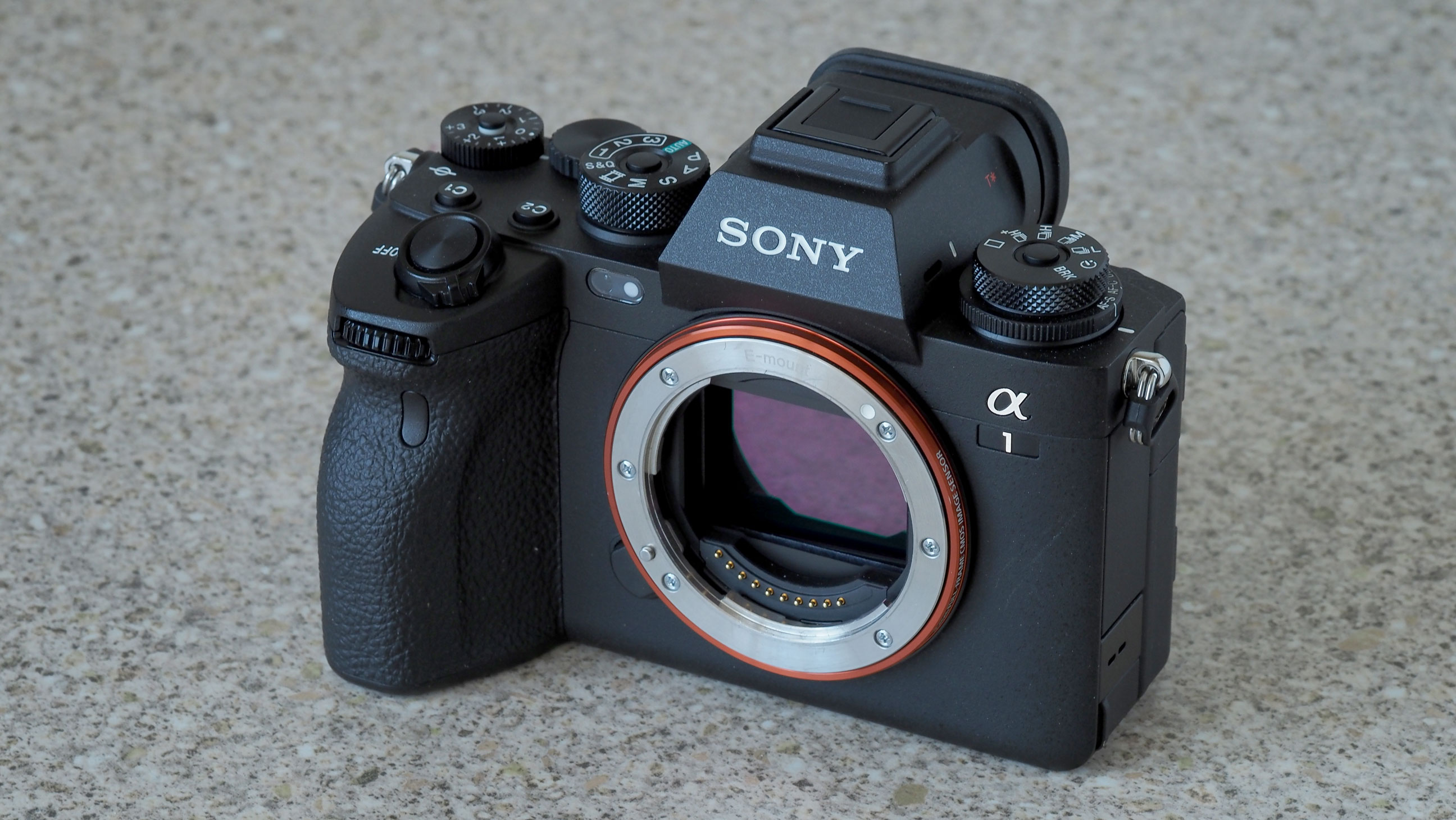
Nikon Z9 vs Sony A1: Verdict
Nikon Z9 – 4 points
Sony A1 – 3 points
Purely based on the above categories, the Nikon Z9 comes out on top with superior burst shooting, video, autofocus and stabilization, while the Sony A1 takes the gongs for resolution, ISO sensitivity and electronic viewfinder.
Clearly, though, these two cameras are very closely matched and either one will deliver fantastic images and videos in a professional capacity, whether you're a wedding photographer, photojournalist or sports shooter.
Ultimately, they're so evenly matched that the deciding factor is probably whether you want a camera with a smaller form factor (which you can make bigger via a battery grip) or a pro DSLR-style body with an integrated vertical grip and higher capacity battery.
How we test cameras
Why you can trust Digital Camera World
We test mirrorless and DSLR cameras both in real-world shooting scenarios and in carefully controlled lab conditions. Our lab tests measure resolution, dynamic range and signal to noise ratio. Resolution is measured using ISO resolution charts, dynamic range is measured using DxO Analyzer test equipment and DxO Analyzer is also used for noise analysis across the camera's ISO range. We use these real-world testing and lab results to inform our comments in buying guides. For compact cameras and phones, we judge on real world handling and photographic results alone.
Read more:
Sony A1 review
Nikon Z9 review
Best Sony cameras
Best Sony lenses
Best Nikon cameras
Best Nikon Z lenses
Get the Digital Camera World Newsletter
The best camera deals, reviews, product advice, and unmissable photography news, direct to your inbox!

James has 22 years experience as a journalist, serving as editor of Digital Camera World for 6 of them. He started working in the photography industry in 2014, product testing and shooting ad campaigns for Olympus, as well as clients like Aston Martin Racing, Elinchrom and L'Oréal. An Olympus / OM System, Canon and Hasselblad shooter, he has a wealth of knowledge on cameras of all makes – and he loves instant cameras, too.
